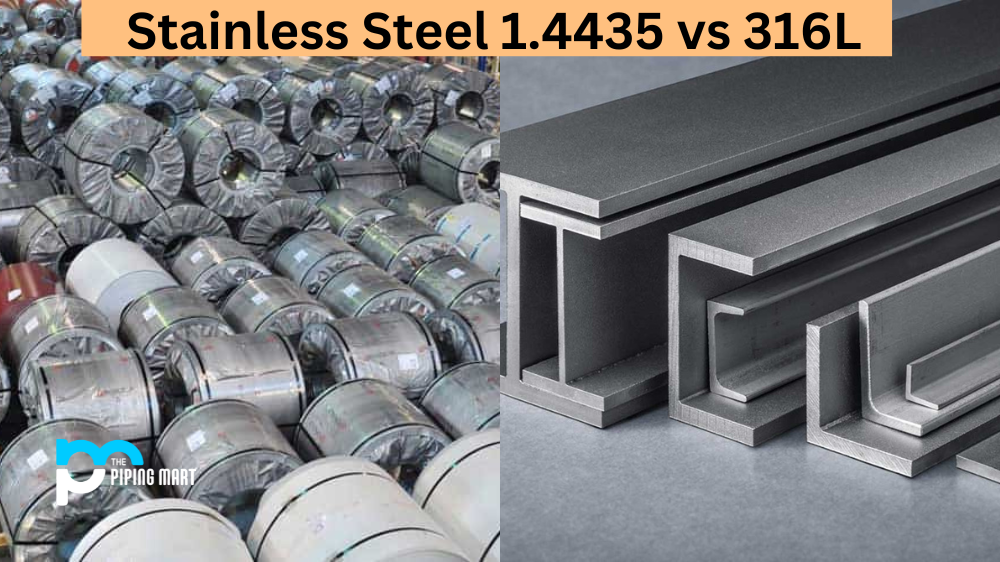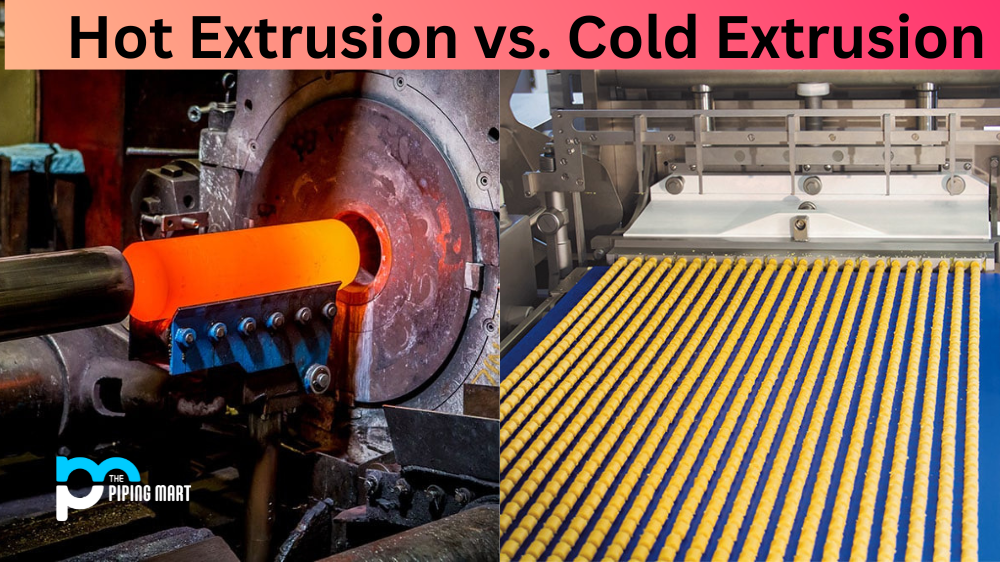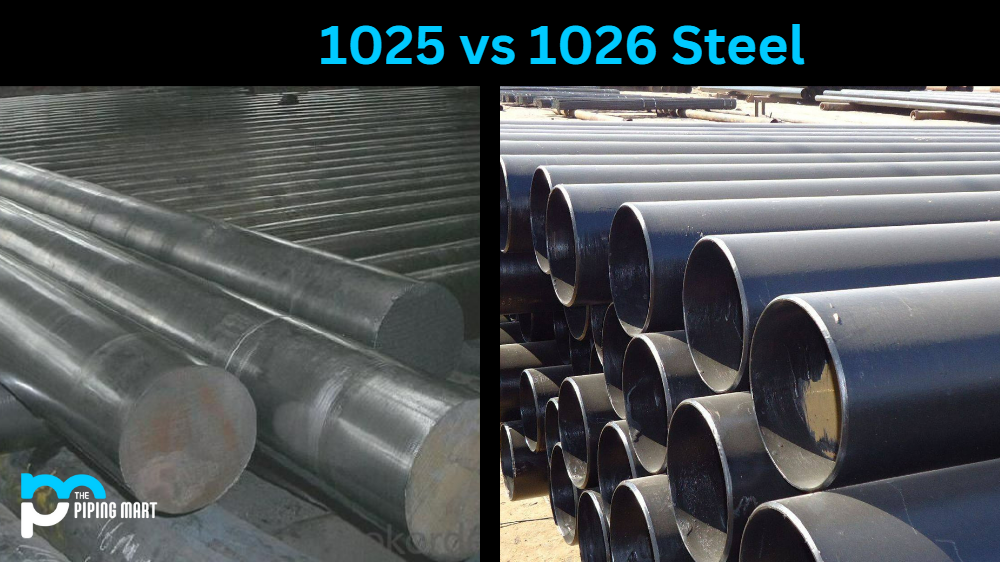If you’re in the market for stainless steel, chances are you’ve heard of two common types—1.4435 and 316L. While they have similar properties, there are some important differences between the two that could make one more suitable for your project than the other. Let’s take a closer look at stainless steel 1.4435 vs 316L and what sets them apart.
1.4435 Stainless Steel
1.4435 is an austenitic-ferritic chromium-nickel stainless steel that contains molybdenum and nitrogen as additional alloying elements. This combination makes it resistant to corrosion in many harsh environments, such as marine applications or those involving intense acids or chemicals. It also offers good weldability and formability, making it an ideal choice for a wide variety of projects.
316L Stainless Steel
316L is a low-carbon version of 316 stainless steel that is often used in medical implants because it offers superior corrosion resistance over regular stainless steel alloys due to its higher nickel content. It is also highly resistant to chloride ion corrosion and can withstand high temperatures up to 1500 degrees Fahrenheit (816 degrees Celsius). Like 1.4435, it offers excellent weldability and formability and is suitable for use in harsh environments such as saltwater or high acidity levels.
Difference Between 1.4435 and 316L Stainless Steel
The main difference between 1.4435 vs 316L stainless steel comes down to their composition; while both offer superior strength and durability, 1.4435 has higher levels of chromium, nickel, molybdenum, and nitrogen than 316L, which gives it better corrosion resistance overall. Additionally, while both are acceptable choices for medical implants, 316L is the preferred choice due to its lower carbon content which allows it to better resist oxidation when exposed to repeated sterilization cycles or long-term exposure to body fluids or tissue cultures (such as in dental procedures).
Chemical Composition
One of the primary differences between 1.4435 and 316L stainless steel is their chemical composition. 1.4435 stainless steel contains chromium, nickel, and molybdenum, while 316L stainless steel contains chromium, nickel, molybdenum, and silicon. The addition of silicon to 316L stainless steel makes it more resistant to corrosion than 1.4435 stainless steel.
Tensile Strength
Another difference between 1.4435 and 316L stainless steel is their tensile strength. 1.4435 stainless steel has a higher tensile strength than 316L stainless steel, meaning that it is better suited for applications where high levels of stress are present.
Yield Strength
1.4435 stainless steel also has a higher yield strength than 316L stainless steel, meaning that it can withstand more force before deforming. This makes 1.4435 stainless steel ideal for applications where high levels of force are present, such as in the construction industry.
Ductility
One advantage of 316L stainless steel over 1.4435 stainless steel is its ductility. Ductility refers to a material’s ability to deform under stress without breaking. 316L stainless steel is more ductile than 1.4435 stainless steel, meaning that it can be formed into shapes with tighter tolerances without breaking.
Conclusion:
When choosing between stainless steel 1.4435 vs 316L for your project, there are several factors you should consider, including corrosion resistance requirements, weldability needs, temperature resistance needs and cost constraints depending on your project type and application area. In general, 1.4435 provides good corrosion resistance but may not be ideal if you require extreme chemical or saltwater resistance as found with marine applications; meanwhile, 306L may be a better choice if you need increased oxidation resistance or are working on medical implants due to its lower carbon content which reduces the risk of oxidation during sterilization cycles or long-term exposure to body fluids/tissue cultures. Ultimately both offer excellent strength and durability but understanding their individual properties will enable you to determine which type best suits your specific project needs!

Pipingmart is a B2B portal that specializes in metal, industrial and piping items. Additionally, we share the latest information and information about materials, products and various types of grades to assist businesses that are involved in this business.




